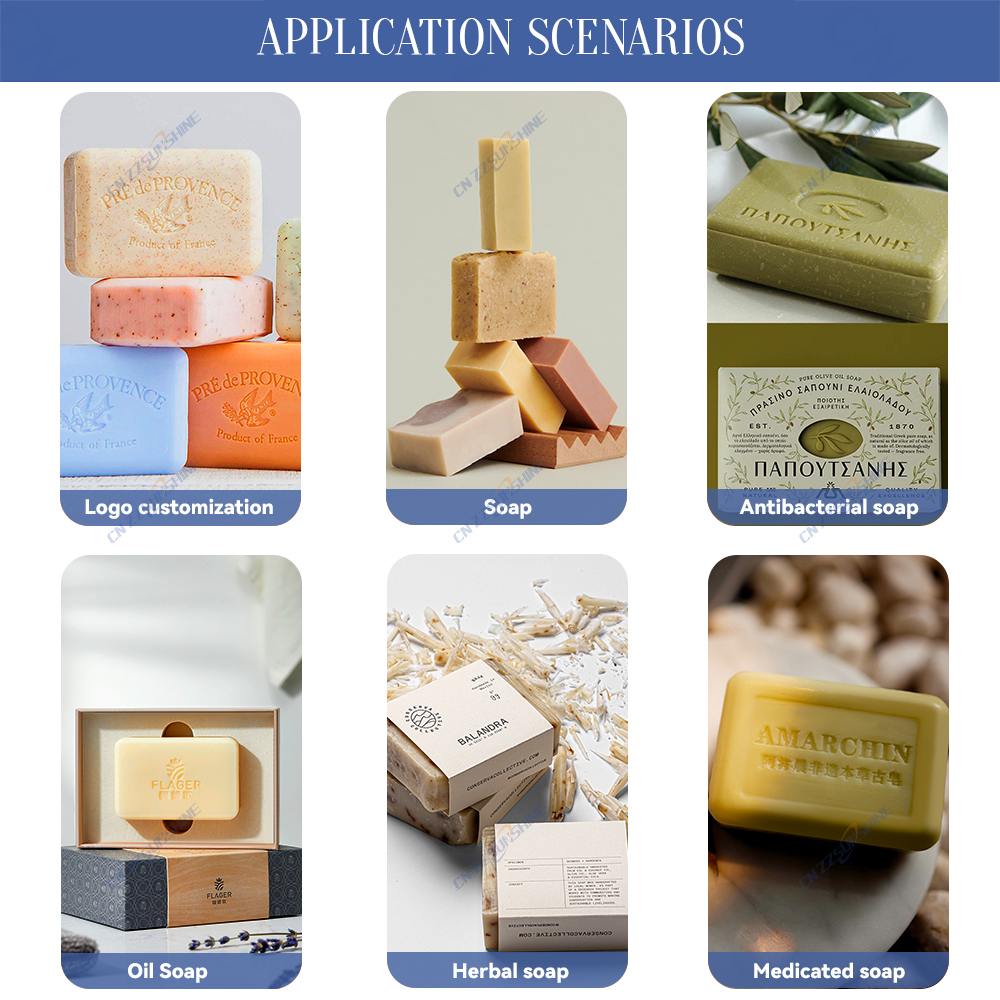The modern consumer demands consistent quality and hygiene in bar soaps, whether for laundry or personal care. Meeting this demand efficiently requires moving beyond manual, batch-oriented methods. Implementing a fully integrated **automatic soap production line** is the strategic solution for manufacturers aiming to scale output, ensure product uniformity, and optimize operational costs.
A robust **laundry bar soap production line** or a **toilet soap finishing line** typically integrates several critical stages, each handled by specialized machinery. The process often begins with precise ingredient handling using industrial mixers. A high-shear **soap mixer** ensures homogeneous blending of fats, oils, alkali, and additives, forming the initial soap base (soap noodles or chips). This is crucial for both **laundry soap making line** and **bath soap making machine** operations.
The heart of densification and shaping lies in the **soap plodder machine for bar soap**. Modern lines frequently employ a **vacuum plodder**, often in a two-stage configuration. This critical component removes air pockets under vacuum, significantly enhancing the final bar’s density, texture, and longevity. The continuous extrusion from the **soap plodder** produces a uniform, solid log of soap.
Following extrusion, the log enters the cutting phase. Precision **automatic block cutter machine** units, sometimes equipped with **electric washing soap cutter** mechanisms for cleaning blades between cuts, slice the continuous log into individual billets or blanks with millimeter accuracy. For specialized shapes or embossing, **custom soap cutting machine** tooling can be integrated seamlessly. The **cutter** stage is vital for minimizing waste and ensuring consistent bar weight.
Subsequent stations may include stamping, cooling tunnels, quality inspection systems (like vision systems or checkweighers), and finally, automated **automatic packing machine for food** grade or consumer packaging. An integrated **automatic soap production line** allows operators to monitor and control the entire **beauty soap making line** or industrial detergent bar process from a central interface, ensuring smooth material flow from raw components to finished, packaged bars.
The benefits are compelling: drastically increased throughput (**high-output production**), reduced labor dependency, minimized human contact enhancing hygiene, superior product consistency, and significant long-term cost savings. Investing in a well-engineered **automatic soap production line**, incorporating reliable components like the **vacuum plodder** and precision **cutter**, positions manufacturers for competitive advantage in both **laundry soap making line** and premium personal care (**toilet soap finishing line**) markets. It transforms **soap making machine** concepts into a streamlined, efficient reality.




